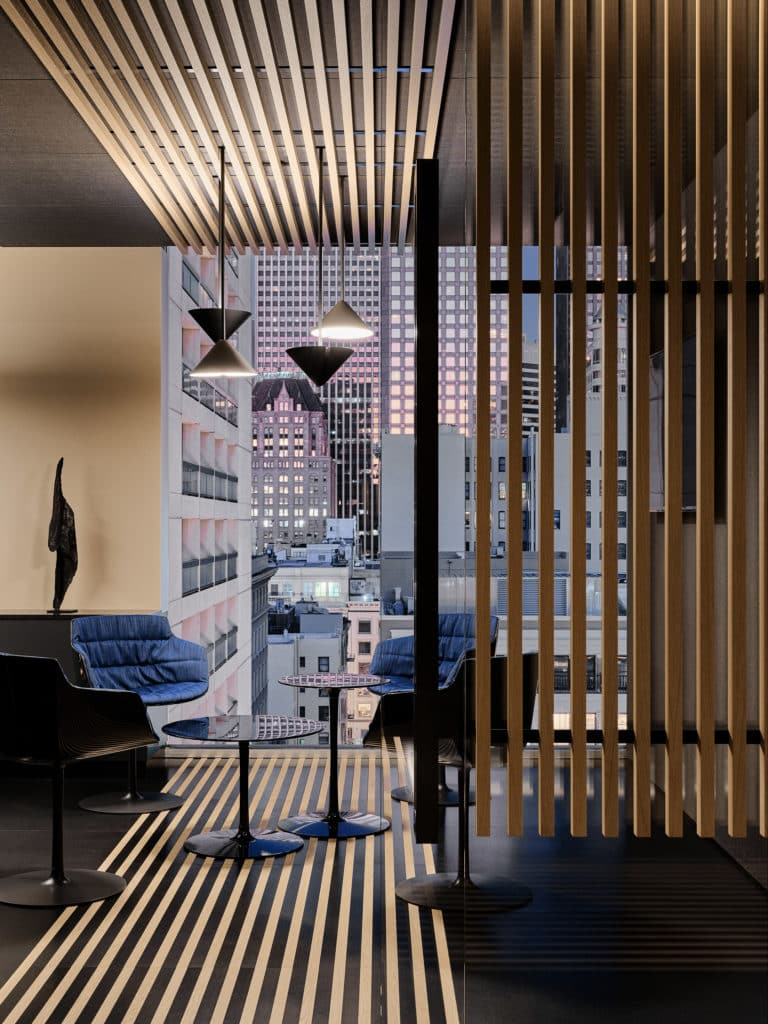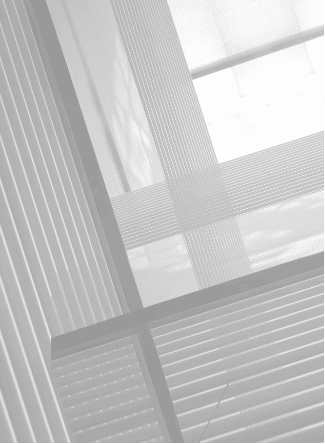Revision of Masseter Muscle Reduction Using Botox® and Dysport®
The masseter muscle runs down the rear part of the cheek, from the cheek bone down to the lower jaw on both sides of the face. The muscle is one of the important muscles involved in chewing food and talking, it’s function is to close the jaw. The masseter muscle becomes enlarged if there is frequent clenching or grinding of teeth (bruxism). This results in unequal enlargement of the muscle, causing facial asymmetries, increased muscle bulk, and an overly-square or masculine-looking jawline. Depending on the degree of enlargement, you may consider a surgical reduction of the masseter muscle or a non-surgical treatment such as the use of Botox® or Dysport® injections directly into the muscle.
Why Might It Be Necessary to “Revise” a Botox® or Dysport® Masseter Treatment?
The art and skill of injecting Botox® or Dysport® into the masseter muscle requires not only an in-depth knowledge of the structure and functions of craniofacial anatomy, but also an aesthetic “eye” to ensure that the level of reduction works in balance with other facial features. If your provider is unqualified and Botox® or Dysport® are not injected into the masseter correctly, serious negative side effects may result that may take months or years to resolve. Typically an unskilled provider may inject the Botox® or Dysport® into the wrong area, or too deep or too shallow into the muscle. Most commonly, the patients who come to us for a revision Botox® or Dysport® masseter muscle reduction do so because they may have engaged in “medical tourism” and they received masseter muscle reduction treatment from an unqualified third-world provider.
Our Patients Most Common Complaints Are Poor Results or Unintended Side-effects:
- Asymmetrical appearance: reduction in one masseter muscle, but not the other
- Partial- or full-facial muscle paralysis from over-injection of Botox® or Dysport®
- Problems with chewing, smiling or speaking
- Crooked, lopsided or asymmetric smile, or other expressions
- No visible reduction in the masseter muscle
Always Choose a Highly Qualified and Trained Provider for Your Treatment
If Botox® or Dysport® are not administered by a highly trained professional who understands the complexities of the craniofacial system you run the risk of temporary or permanent damage to the nerves and/or muscle of the jaw. You may save a small amount by going to a third-world country but the risk you take far outweighs the cost.
How Long After the Initial Masseter Treatment Do I Need to Wait for Revision Treatment?

If you are experiencing muscle paralysis or jaw weakness from over injection of Botox® or Dysport®, or the product has been injected too deep, you may have to wait several weeks or months until the original Botox® or Dysport® wears off before undergoing a revision treatment. But if you suffer from a lopsided smile, or asymmetrical masseter muscle reduction result e.g. one side of the face is larger than the other, we may be able to perform revision injections of Botox® or Dysport® immediately.
The time you need to wait for revision all depends on the previous treatment and your desired outcome. Your provider will discuss your treatment history and outline a customized treatment plan. You may need a series of several treatments to achieve the level of masseter muscle reduce you require. And this is the benefit of applying Botox® or Dysport® correctly — it’s an incremental approach that ensures gradual progress towards the degree of masseter muscle reduction that you’re ultimately satisfied with.
Read more about the use of Botox® or Dysport® for masseter muscle reduction treatment here.



